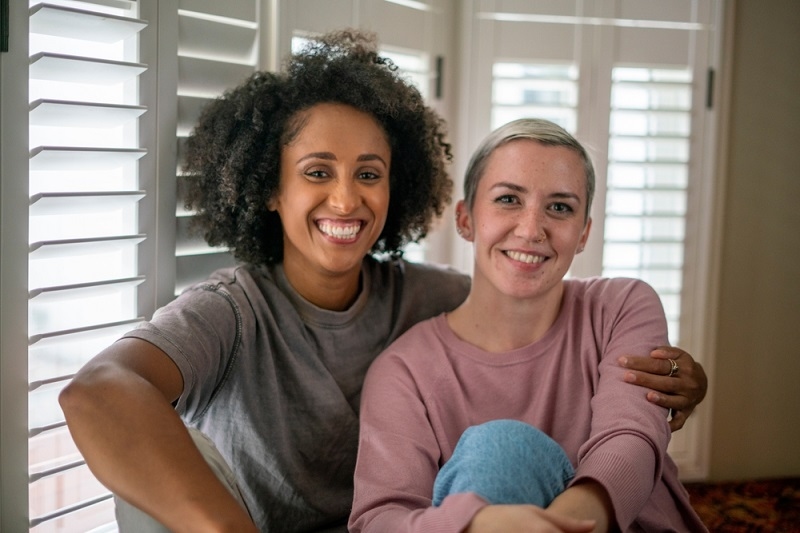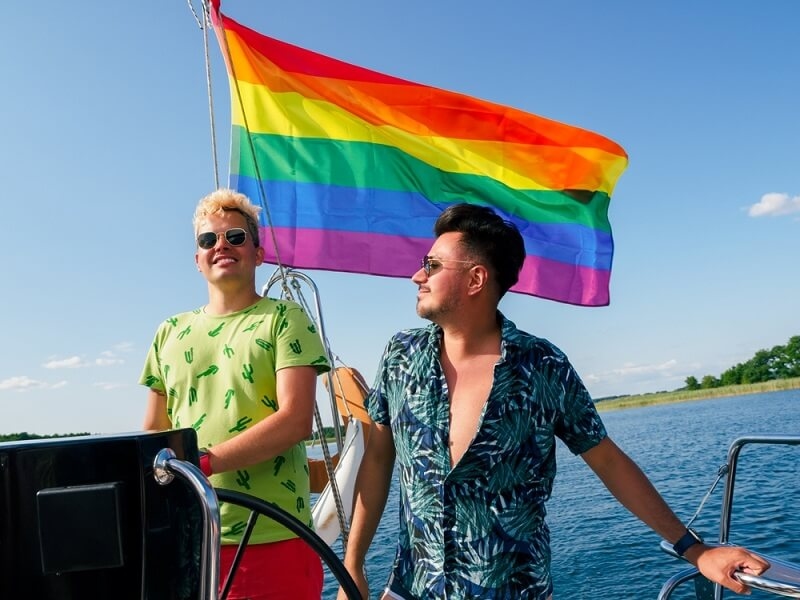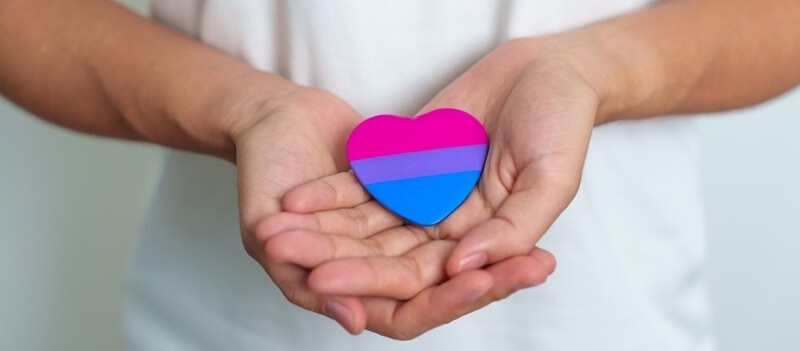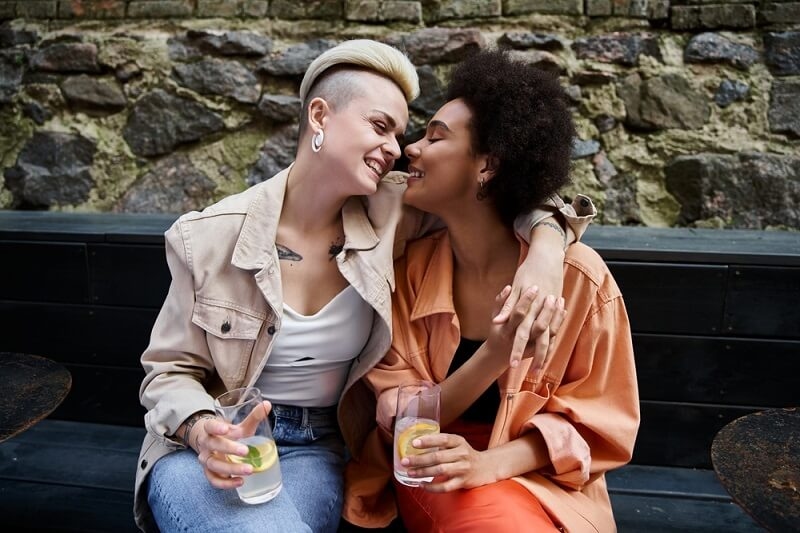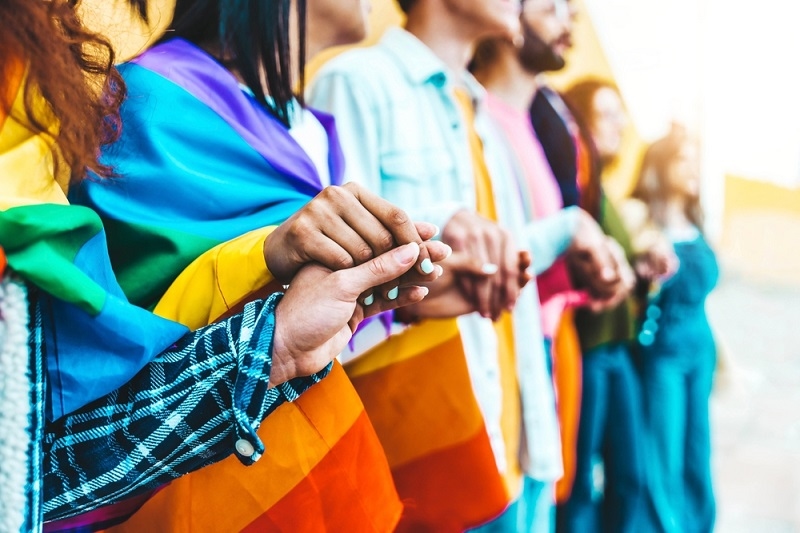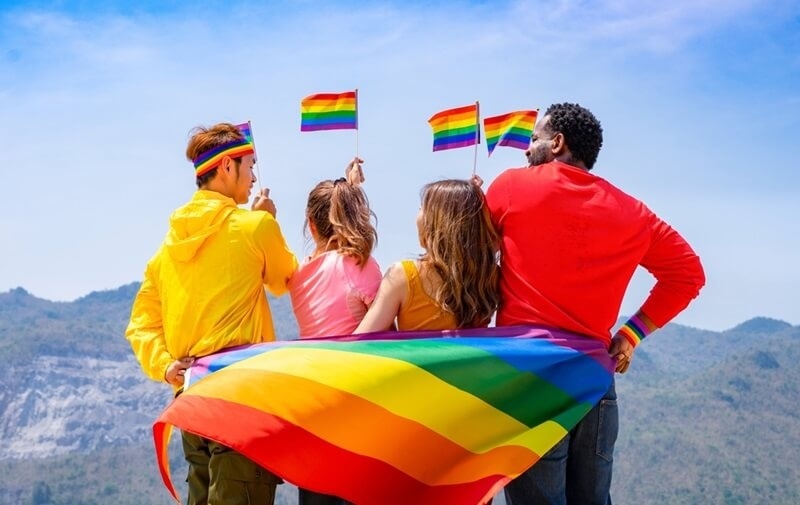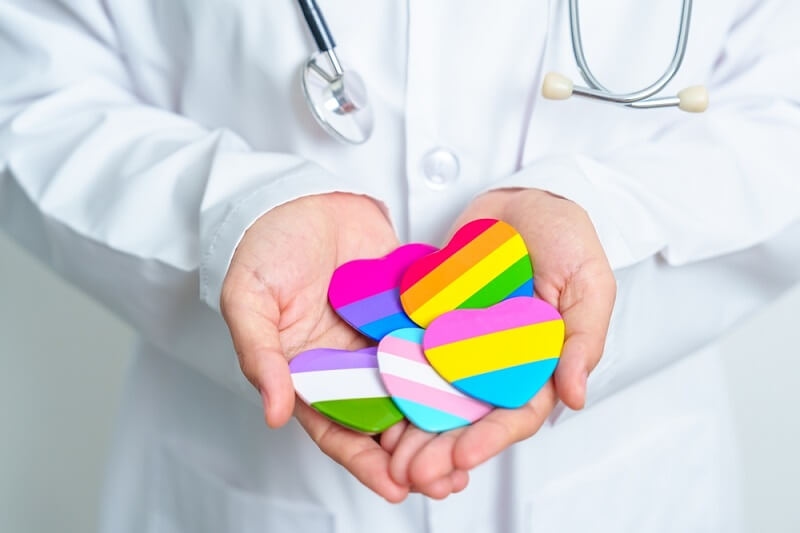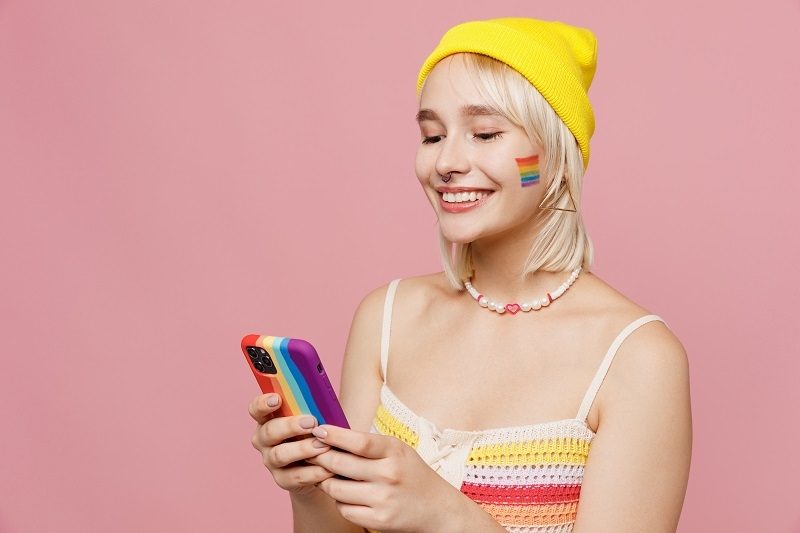Pansexuality and Bisexuality: What Are The Key Differences?

Pansexuality and bisexuality are two sexual orientations that are often conflated, leading to confusion and misconceptions about what they mean. While they share some similarities, such as the potential to be attracted to more than one gender, they are distinct identities with their own unique nuances.
By exploring the similarities and differences between pansexuality and bisexuality, we can gain a deeper understanding of these identities and work towards creating more inclusive and supportive communities for individuals who identify as such. This includes debunking common misconceptions, such as the idea that bisexual individuals are only attracted to cisgender men and women, or that pansexual individuals are attracted to all genders equally.
It's important to recognize that these identities are a part of the rich diversity within the LGBTQ+ community and that individuals who identify as pansexual or bisexual may have different experiences and preferences when it comes to relationships and attraction. By understanding and respecting these differences, we can better support and advocate for all individuals within the community.
Furthermore, by acknowledging the unique challenges that pansexual and bisexual individuals may face, such as biphobia and panphobia, we can work towards creating safer and more inclusive spaces for everyone within the LGBTQ+ community. By promoting education, awareness, and acceptance, we can create a society that values and celebrates diversity in all its forms.
Defining Pansexuality

Pansexuality is a sexual orientation characterized by being attracted to individuals regardless of their gender identity. This means that pansexual individuals may be attracted to cisgender men, cisgender women, transgender individuals, non-binary individuals, and anyone else who does not conform to traditional gender norms. Pansexuality emphasizes that attraction is not limited to binary gender categories and can be fluid and dynamic. While some people may use the term "omnisexual" interchangeably with "pansexual," it's important to note that omnisexuality emphasizes attraction to all genders rather than the absence of attraction based on gender identity.
Defining Bisexuality

Bisexuality is a sexual orientation characterized by being attracted to both men and women. This means that bisexual individuals may be attracted to cisgender men, cisgender women, and people of other genders. It's important to note that bisexuality does not imply that attraction is limited to only binary genders; rather, it simply means that attraction is not limited to one gender. Bisexuality is a term that has evolved over time, and some people may use alternative terms like "pansexual" or "fluid" to describe their attraction to multiple genders. However, it's important to respect how individuals choose to identify and not assume that all people who are attracted to multiple genders identify as pansexual.
Understanding the Differences Between Pansexuality and Bisexuality
While there are similarities between pansexuality and bisexuality, it's crucial to recognize that they are distinct sexual orientations with unique characteristics. One key difference is that pansexuality emphasizes attraction to individuals regardless of their gender identity, while bisexuality emphasizes attraction to both men and women.
It's important to remember that both orientations can involve attraction to people of any gender identity and that individuals may have different preferences and experiences within each orientation.
Pansexuality can be seen as a more holistic approach to attraction that focuses on the person as a whole rather than their gender identity. In contrast, bisexuality is more focused on gender as a factor in attraction.
However, it's important to recognize that these labels are not mutually exclusive, and some individuals may identify as both pansexual and bisexual. Additionally, some individuals may use different labels to describe their attraction and identity, and it's important to respect and validate the label that each person chooses for themselves.
By recognizing and understanding the differences between pansexuality and bisexuality, we can create a more inclusive and supportive environment for all individuals within the LGBTQ+ community. It's important to celebrate the diversity of identities and experiences within the community and work towards creating a society that values and uplifts all individuals, regardless of their sexual orientation or identity.
Common Misconceptions About Pansexuality and Bisexuality
There are many harmful misconceptions about pansexuality and bisexuality that can lead to a lack of understanding and inclusivity. One of the most common misconceptions is the idea that these identities are just a phase or a stepping stone toward being fully gay or lesbian. This notion can be extremely harmful as it erases the validity of pansexual and bisexual identities and reinforces the harmful idea that sexual orientation is a choice or preference.
Another misconception is that pansexuality and bisexuality perpetuate the gender binary by reinforcing the idea that there are only two genders. However, both orientations emphasize attraction to individuals regardless of gender identity, which challenges the gender binary and traditional gender roles. This is especially important as the recognition and acceptance of non-binary and genderqueer identities continue to grow.
Lastly, some people believe that pansexuality and bisexuality are the same things, leading to confusion and a lack of understanding of the unique experiences of each group. However, it's important to recognize and respect the differences between these two orientations, as they each have unique characteristics and experiences.
By challenging these misconceptions, we can create a more inclusive and understanding society. It's crucial to recognize and validate the experiences and identities of pansexual and bisexual individuals and work towards creating a society that values and uplifts all members of the LGBTQ+ community.
Intersectionality and Pansexuality/Bisexuality
It's important to recognize that pansexuality and bisexuality intersect with other aspects of identity, such as race, ethnicity, religion, and socioeconomic status. Intersectionality refers to the interconnected nature of social identities and the ways in which they impact experiences of discrimination and privilege.
For example, pansexual and bisexual individuals who are also people of color may face unique challenges related to racism and homophobia/biphobia. Similarly, pansexual and bisexual individuals who are also transgender may face additional discrimination and marginalization related to their gender identity.
By recognizing the ways in which pansexuality and bisexuality intersect with other aspects of identity, we can better understand and support individuals who identify as such. It's important to acknowledge and challenge the ways in which systems of oppression impact the LGBTQ+ community as a whole.
Relationships and Pansexuality/Bisexuality

Pansexual and bisexual individuals have the same range of relationship preferences and experiences as anyone else. Their attraction to individuals of various gender identities does not mean they are more likely to be promiscuous or indecisive about their relationships. It's important to challenge these harmful stereotypes and recognize that individuals who identify as pansexual or bisexual have the same agency and autonomy as anyone else.
Moreover, pansexual and bisexual individuals may face unique challenges in dating and relationships due to discrimination and marginalization within the LGBTQ+ community itself. Some individuals may feel pressure to choose one side or may face biphobia or panphobia from individuals who do not understand or accept their identities. This can lead to feelings of isolation and invalidation.
To support pansexual and bisexual individuals in their relationships and dating lives, we must foster a more inclusive and understanding community. This includes challenging harmful stereotypes and biases, advocating for their rights and visibility, and creating spaces and communities that are welcoming to individuals of all sexual orientations and gender identities. By doing so, we can create a world where all individuals can thrive and express their true selves.
Supporting Pansexual and Bisexual Individuals
Supporting and advocating for pansexual and bisexual individuals is essential for creating a more inclusive and accepting society. Here are some ways we can show support:
- Educate ourselves: Learn about pansexuality and bisexuality, and challenge harmful stereotypes and misconceptions.
- Be an ally: Listen to and validate the experiences of pansexual and bisexual individuals, and advocate for their rights and visibility.
- Create inclusive spaces: Establish safe spaces where individuals can discuss their experiences and connect with others who share similar identities.
- Promote representation: Promote representation and visibility of pansexual and bisexual individuals in media and society at large.
- Address unique challenges: Be aware of the unique challenges that pansexual and bisexual individuals may face and work to address them. This includes advocating for policies and programs that promote LGBTQ+ rights and inclusion, as well as recognizing and challenging discrimination and marginalization in our communities and institutions.
By taking these steps, we can create a more welcoming and supportive environment for pansexual and bisexual individuals and contribute to the richness and diversity of the LGBTQ+ community.
Conclusion
In conclusion, pansexuality and bisexuality are two distinct but related sexual orientations that can be confusing or misunderstood by those outside of the LGBTQ+ community. It's important to recognize the differences between these identities and challenge harmful stereotypes and misconceptions.
Furthermore, it's important to acknowledge the intersectionality of pansexuality and bisexuality with other aspects of identity and work towards creating inclusive and supportive communities for individuals who identify as such. By educating ourselves, being allies, and advocating for change, we can create a more understanding and accepting society for all individuals, regardless of sexual orientation or identity.






